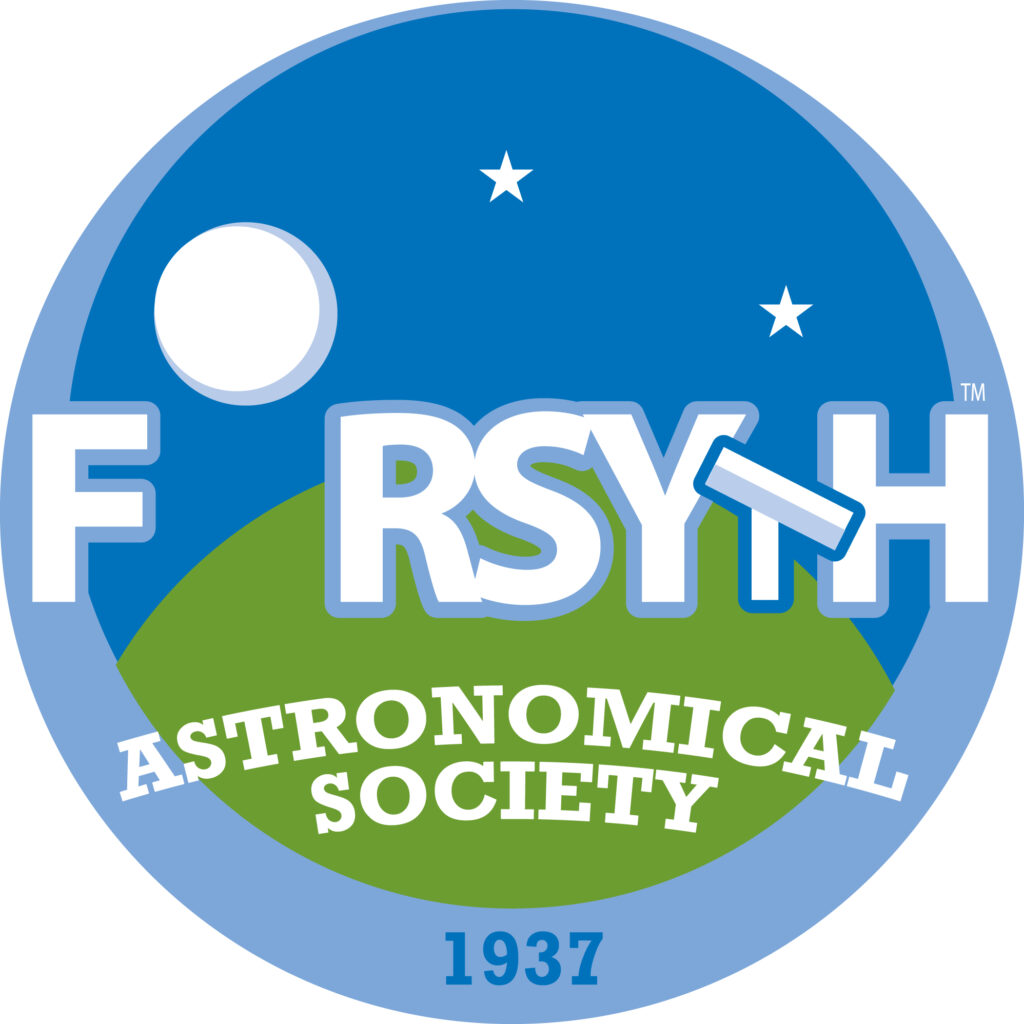
Amateur astronomers face two overwhelming obstacles when trying to view the wonders of the night sky. The first is the weather. Well, there is little we can do about that – clouds roll in and the weather is the weather. The second, is light pollution. We are losing the night sky to artificial light at an ever-increasing rate. It not only disrupts our view, but it also has a negative impact on the natural patterns of wildlife, ecosystems, human health, and sleep. In addition, wasted light costs $2.2 billion annually.
When we look down at the Earth from space, it seems that light is everywhere. For a closer look, you can zoom in on the light pollution in any part of the world using this online light pollution map.
In 2001, amateur astronomer John Bortle develop a scale with which to classify the degree of light pollution affecting the night sky. The folks at the Skyglow project have a nice chart showing the Bortle scale. If you want to approximate the Bortle classification for your neighborhood, Steve Owens has a flow chart you can follow.

Not all light pollution is the same. There are five general categories.
- Over-illumination, where lights are on, but not needed.
- Glare, where light reflects off the ground or buildings.
- Light clutter, where lights are poorly placed.
- Sky glow, where light escapes from outdoor lighting and reflects down from the atmosphere.
- Light trespass, where light intrudes on another’s property.
For more on light pollution and dark skies, see our various posts and articles.
International Dark-Sky Association
The International Dark-Sky Association (IDA) provides an overview of light pollution and its impact on us and our environment.
They suggest “five principles for responsible outdoor lighting” that you should follow when installing outdoor lighting.
You can also see their “Dark Sky Friendly Home Lighting Program” for more advice and guidance. If this is too much, the IDA has a simpler set of guidelines we can all use See below.


Dark Sky Observing Sites
It is difficult to go back and remove or remedy existing light, so often the only solution is the get away from the city and find a dark sky location. The good news is, for those of us living in North Carolina, that there are some options.
FAS manages a small observation platform for its members just north of Pilot Mountain. It is a half hour to 45-minute drive from the Winston-Salem area and provides a reasonable dark sky.
FAS has also compiled a list of dark sky observation sites that club members have used in the past. If you have another site or additional information, please let us know.
Local Exterior Lighting Ordinance
Winston-Salem/Forsyth County does have an exterior lighting ordinance. It, however, only addresses lighting for businesses and sports venues. It does not address residential or street lighting. For issues with this type of lighting, it is suggested that you contact the City-County Planning Board (Kelly Bennett).
Additional Resources (Light Pollution)
- “International Dark Sky Association.”
- “Light pollution facts for kids.” Kiddle Encyclopedia. April 18, 2020.
- “What is Light Pollution?” Globe at Night.
- Bob King.“How Dark Is Your Night Sky?” Sky & Telescope. October 10, 2018.
- Evan Gough. “Light Pollution is Out of Control.” Universe Today. June 29, 2023.
- “Light Pollution: The Overuse & Misuse of Artificial Light at Night.” James Madison University.
- Harun Mehmedinovic and Gavin Heffernan “Skyglow Project.”
- “IDA General Dark Sky Presentation.” International Dark Sky Association.
- “Light Pollution.” Wikipedia.
Additional Resources (Dark Sky Locations)
- Preston Dyches. “How to Find Good Places to Stargaze.” NASA, Solar System Exploration. July 28, 2021.
- Jennifer Schultz. “States Shut Our Light Pollution.” National Conference of State Legislatures (NCLS). Updated March 25, 2022.
- “Heavens Above: Best Place to Stargaze in NC.” Landmark Real Estate Sales & Vacation Rentals.
- “Dark Sky Park.” PARI.
Additional Resources (Apps)
- “Dark Sky Meter.” DDQ.
- “Loss of the night.: Pocket. Science Citizen Science apps.” Google Play.
- ”Clear Outside.” First Light Optics.
Additional Resources (Bortle Scale)
- “The Bortle Scale.” International Dark-Sky Association/tumblr.
- “Understanding the Bortle Scale.” AstoBackyard.
- John E. Bortle. “Gauging Light Pollution: The Bortle Dark-Sky Scale.” Sky & Telescope. July 18, 2006. February 2001 Issue.
- Steve Owens. “The Bortle Scale: A Flow Chart.” “The Bortle Scale: A Flow Chart (pdf).” Dark Sky Diary. January 19, 2012.
Additional Resources (Videos)
- “Light Pollution 101 | National Geographic.” National Geographic/YouTube. January 25, 2019.
- “Losing the Dark.” International Dark Sky Association/YouTube. February 27, 2013.
- “Light Pollution is Ruining out Night Sky.” AstoBackyard/YouTube. April 2, 2021.


You must be logged in to post a comment.